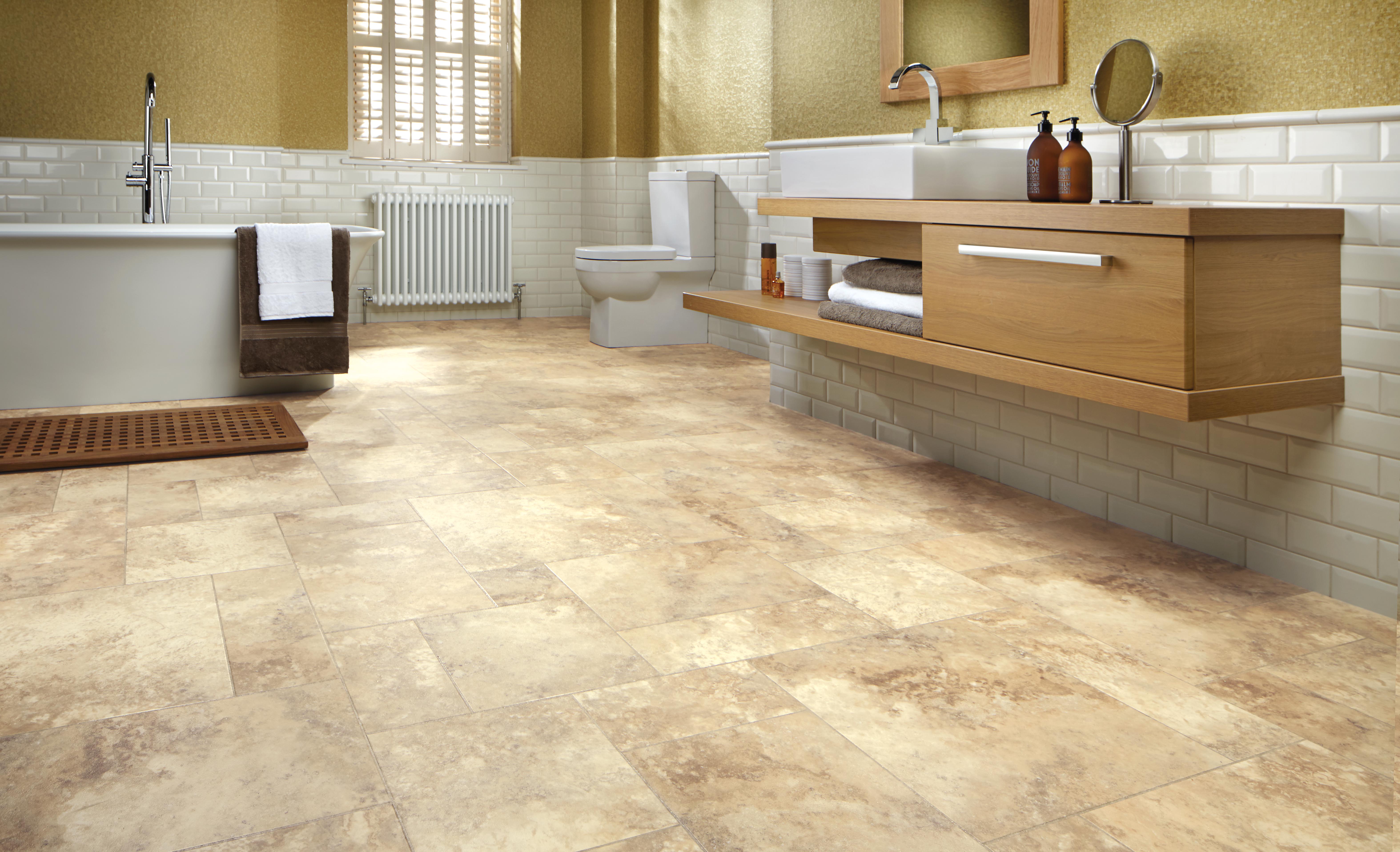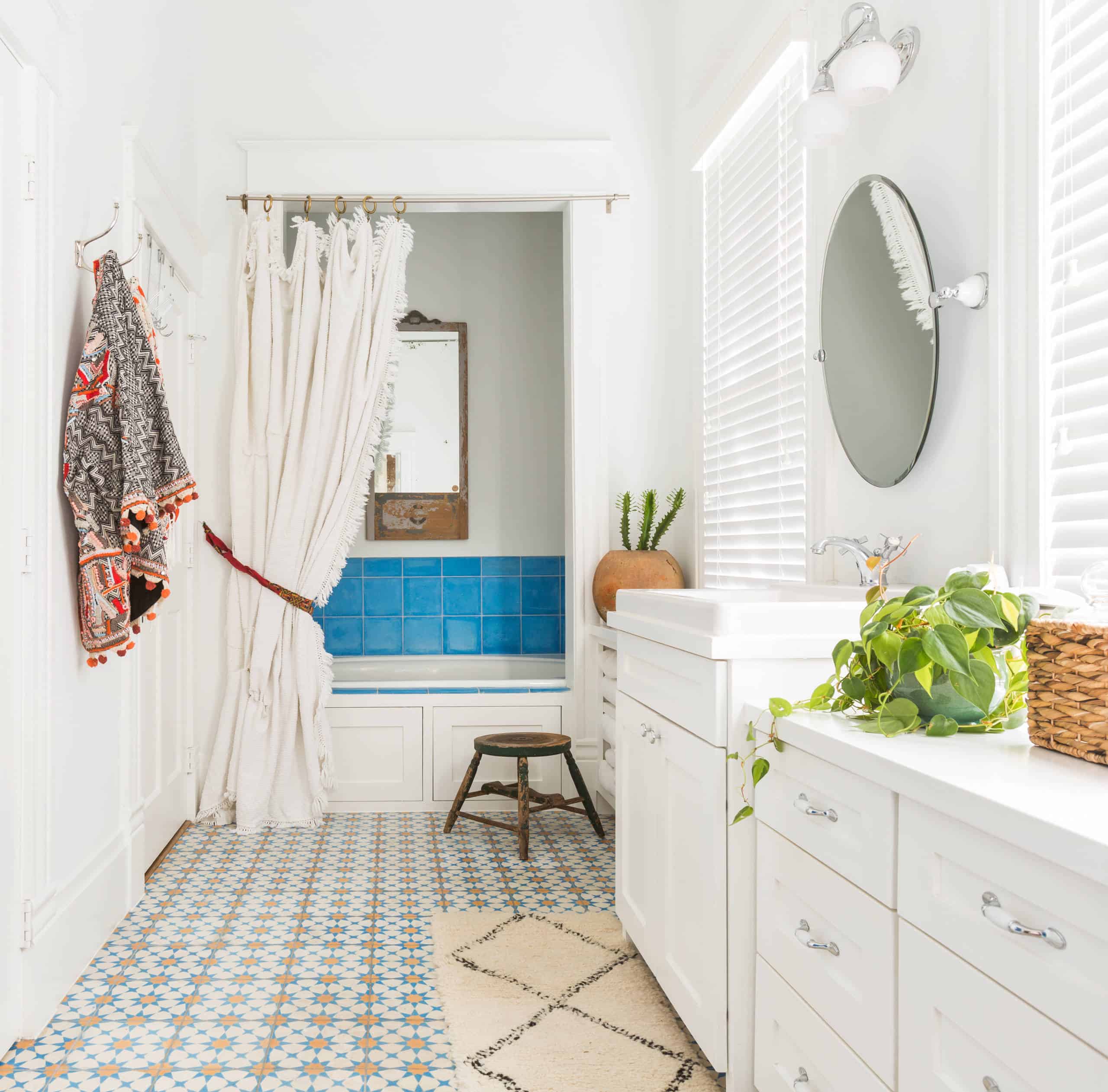Vinyl Matt Paint
Vinyl matt paint is a popular choice for bathrooms due to its many advantages. Its moisture-resistant properties make it ideal for humid environments, while its durability ensures it can withstand the wear and tear of everyday use. Cleaning is a breeze, as vinyl matt paint can be easily wiped down with a damp cloth.
Advantages of Vinyl Matt Paint for Bathrooms
Vinyl matt paint offers several benefits that make it a top choice for bathroom walls:
- Moisture Resistance: Vinyl matt paint forms a protective barrier against moisture, preventing water damage and mold growth. This is crucial in bathrooms, where humidity levels are high.
- Durability: This paint is known for its resilience, able to withstand scrubbing and cleaning without chipping or peeling. This makes it a long-lasting and practical choice for busy bathrooms.
- Ease of Cleaning: Vinyl matt paint is easy to clean, as it resists stains and can be wiped down with a damp cloth. This is especially helpful in bathrooms, where spills and splashes are common.
Comparison to Other Bathroom Paint Types
While vinyl matt paint is a popular choice, it’s essential to compare it to other bathroom paint types to understand its advantages:
- Acrylic Paint: Acrylic paint is another common choice for bathrooms. While it’s generally cheaper than vinyl matt paint, it may not be as moisture-resistant or durable. Acrylic paint can also be more prone to staining, making it less ideal for high-traffic areas.
- Epoxy Paint: Epoxy paint is highly durable and moisture-resistant, making it a good option for high-traffic areas like bathrooms. However, it can be more expensive and requires specialized application techniques.
- Eggshell Paint: Eggshell paint offers a slightly more sheen than matt paint, making it a good choice for bathrooms with good lighting. However, it may not be as durable or moisture-resistant as vinyl matt paint.
Choosing the Right Shade, Vinyl matt paint for bathroom
Choosing the right shade of vinyl matt paint for your bathroom can significantly impact the overall feel of the space. Here are some factors to consider:
- Natural Light: Consider the amount of natural light that enters the bathroom. Lighter shades will reflect light, making the space feel larger and brighter. Darker shades can make a small bathroom feel cramped.
- Size: The size of the bathroom is another important factor. Lighter shades can make a small bathroom feel larger, while darker shades can create a more intimate atmosphere in a larger bathroom.
- Desired Ambiance: Think about the mood you want to create in your bathroom. Cool colors like blues and greens can create a calming and relaxing atmosphere, while warm colors like yellows and oranges can make the space feel more inviting and energetic.
Preparing Your Bathroom for Vinyl Matt Paint: Vinyl Matt Paint For Bathroom

A well-prepared bathroom surface is crucial for achieving a smooth, durable, and long-lasting finish with vinyl matt paint. Proper preparation involves a series of steps that ensure optimal paint adhesion and prevent peeling or chipping over time.
Cleaning the Bathroom Surface
Thorough cleaning removes dirt, grime, grease, soap scum, and other residues that can interfere with paint adhesion. Start by removing all items from the bathroom, including towels, rugs, shower curtains, and toiletries. Then, use a mild detergent and warm water to clean the walls, ceiling, and trim. For stubborn stains, you can use a specialized cleaner designed for bathroom surfaces.
- Use a soft-bristled brush or sponge to scrub the surfaces gently.
- Rinse the surfaces thoroughly with clean water and allow them to dry completely before proceeding to the next step.
Patching and Filling Imperfections
Before painting, it’s essential to repair any cracks, holes, or imperfections in the bathroom surfaces.
- For small cracks and holes, use a patching compound or spackling paste.
- For larger imperfections, you may need to use a drywall patch or a fiberglass mesh tape.
- Apply the patching compound or spackling paste according to the manufacturer’s instructions.
- Allow the patching compound or spackling paste to dry completely before sanding.
Sanding the Surface
Sanding helps to create a smooth, even surface for the paint to adhere to. Use fine-grit sandpaper to smooth out any rough patches or imperfections.
- Start with a coarser grit sandpaper (80-120 grit) to remove any large imperfections and gradually move to a finer grit sandpaper (180-220 grit) for a smooth finish.
- Sand in the direction of the wood grain for wood surfaces.
- Sand gently to avoid damaging the surface.
- Remove all sanding dust with a damp cloth before proceeding to the next step.
Priming the Bathroom Surface
Priming is a crucial step in preparing a bathroom for painting. It creates a barrier between the surface and the paint, improving paint adhesion and preventing moisture from penetrating the paint film.
- For drywall surfaces, use an oil-based primer, which provides a durable and moisture-resistant barrier.
- For tile surfaces, use a bonding primer, which helps the paint adhere to the slick tile surface.
- For wood surfaces, use a stain-blocking primer, which prevents stains from bleeding through the paint.
- Apply the primer evenly using a roller or brush.
- Allow the primer to dry completely before applying the paint.
Applying Vinyl Matt Paint Like a Pro

Applying vinyl matt paint to your bathroom walls and ceiling requires careful preparation and technique to achieve a professional finish. The right tools and techniques are key to ensuring smooth, even coverage and avoiding brushstrokes or drips.
Choosing the Right Tools
The tools you choose for applying vinyl matt paint will depend on the size and complexity of your bathroom. A brush is ideal for corners and edges, while a roller is perfect for covering large areas quickly and efficiently. A spray gun offers the fastest application for large areas, but requires more skill and preparation.
- Brush: A high-quality angled brush with a 2-3 inch width is suitable for cutting in around edges and trim. Choose a brush with synthetic bristles, as they are less likely to shed and can be cleaned easily.
- Roller: A medium-nap roller (1/4-inch nap) is best for applying vinyl matt paint to walls and ceilings. Choose a roller with a durable frame and a comfortable handle.
- Spray Gun: A HVLP (High-Volume, Low-Pressure) spray gun is recommended for applying vinyl matt paint to large areas quickly. This type of spray gun provides a smooth, even finish with minimal overspray.
Applying Vinyl Matt Paint with a Brush
Applying vinyl matt paint with a brush requires a light touch and a steady hand.
- Prepare the Paint: Stir the paint thoroughly to ensure it is evenly mixed. Pour a small amount of paint into a paint tray.
- Load the Brush: Dip the brush into the paint tray, ensuring the bristles are fully loaded. Wipe off excess paint on the edge of the tray to avoid drips.
- Apply the Paint: Apply the paint in smooth, even strokes, using light pressure. Overlap each stroke by about 50% to ensure complete coverage. Work in small sections, about 2-3 feet wide.
- Avoid Brushstrokes: Use smooth, consistent strokes in the same direction. Avoid applying too much pressure, as this can cause brushstrokes to show.
- Clean the Brush: After each use, clean the brush thoroughly with soap and water or paint thinner, depending on the type of paint.
Applying Vinyl Matt Paint with a Roller
Using a roller to apply vinyl matt paint is a faster and more efficient method.
- Prepare the Paint: Stir the paint thoroughly and pour a small amount into a paint tray.
- Load the Roller: Roll the roller back and forth in the paint tray to load it with paint. Remove excess paint by rolling it on the roller tray’s ribbed surface.
- Apply the Paint: Roll the paint onto the wall or ceiling in smooth, even strokes, working in sections about 2-3 feet wide. Overlap each stroke by about 50% to ensure complete coverage.
- Avoid Drips: Apply the paint in a thin, even coat. Avoid applying too much pressure, as this can cause drips.
- Clean the Roller: After each use, clean the roller with soap and water or paint thinner, depending on the type of paint.
Applying Vinyl Matt Paint with a Spray Gun
Applying vinyl matt paint with a spray gun is the fastest method, but it requires more skill and preparation.
- Prepare the Spray Gun: Clean the spray gun thoroughly and adjust the nozzle to the desired spray pattern.
- Prepare the Paint: Thin the paint according to the manufacturer’s instructions. Pour the thinned paint into the spray gun’s reservoir.
- Apply the Paint: Hold the spray gun about 12 inches from the surface and apply the paint in smooth, even strokes. Overlap each stroke by about 50% to ensure complete coverage.
- Avoid Overspray: Use a light touch and move the spray gun slowly and evenly. Avoid spraying too close to the surface, as this can cause overspray.
- Clean the Spray Gun: After each use, clean the spray gun thoroughly with soap and water or paint thinner, depending on the type of paint.
Drying Times and Ventilation
Vinyl matt paint typically takes about 1-2 hours to dry to the touch and 24 hours to cure completely. Ensure adequate ventilation during application and drying to prevent fumes from accumulating. Open windows and doors to allow fresh air to circulate.
Cleanup
Clean up any spills or splatters immediately to prevent them from drying. Use soap and water or paint thinner to clean brushes, rollers, and spray guns, depending on the type of paint. Dispose of used paint and cleaning materials properly.
